What to see in Alora
Álora, a beautiful white village in Málaga, Andalusia, is steeped in history and surrounded by stunning natural landscapes. This charming town has been inhabited since ancient times, witnessing the presence of Phoenicians, Romans, Moors, and Christians throughout its long history. Since we are locals and want to share with you our town we created this small guide with what to see in Alora.
Tourist attractions to visit in Alora
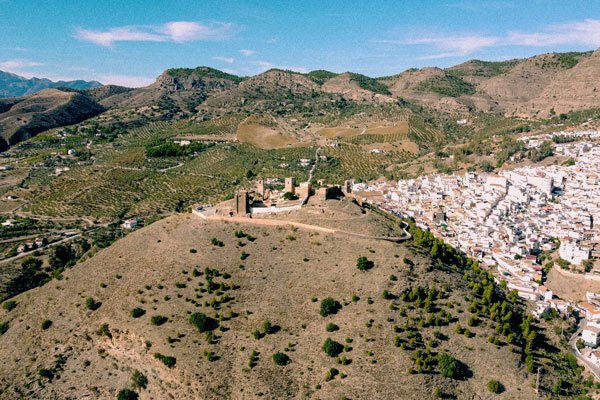
Álora Castle
Perched atop a hilltop, Álora Castle offers panoramic views of the town and countryside. Built by the Romans and later enhanced by the Moors, it played a crucial role during the Reconquista. Visitors can explore its well-preserved walls, towers, and the unique Iglesia del Cerro de las Torres.
Church of Nuestra Señora de la Encarnación
This 17th-century church, built on the site of a former mosque, showcases elegant baroque architecture. Its towering bell tower dominates the town’s skyline, and inside, you’ll find beautiful religious art and artifacts.
Convento De La Virgen De Las Flores
Just outside Álora, this Baroque convent houses a revered chapel with the image of the Virgin of Flores, Álora’s patron saint. The sanctuary’s design and historical significance make it a must-visit.
Municipal Museum “Rafael Leria”
Located in the Iglesia de Nuestra Señora de la Encarnación, this museum offers insights into Álora’s rich history. Discover archaeological artifacts, Roman relics, and exhibits showcasing traditional crafts like olive oil production. Don’t miss the collection of historical coins and paper bills.
Activities & Things to do in Alora
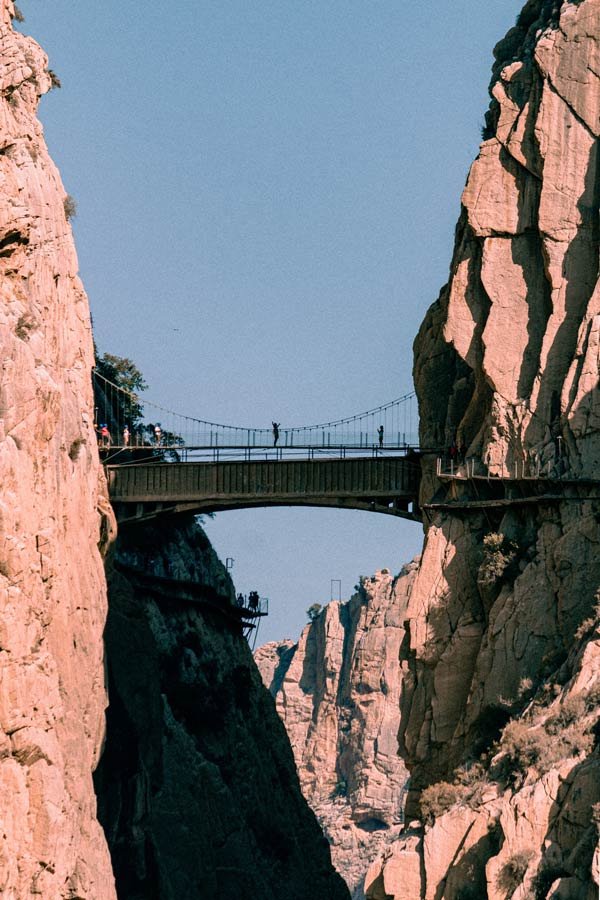
Hiking in El Chorro Nature Park
El Chorro Nature Park, close to Álora, offers stunning trails winding through rugged landscapes, limestone cliffs, and scenic valleys. One highlight is the Caminito del Rey, an exhilarating pathway along steep cliffs and breathtaking bridges, providing panoramic views of the countryside.
Caminito del Rey
Adventure seekers shouldn’t miss the Caminito del Rey, an iconic trail through dramatic gorges and dizzying bridges, offering breathtaking views of the Guadalhorce River. Originally built for hydroelectric plant workers, it’s now a world-famous attraction. Get tickets in advance!
Exploring Ardales National Park
A short drive from Álora, Ardales National Park invites you to discover towering cliffs, clear lakes, and lush forests. Enjoy hiking, kayaking, or simply relax in nature, perfect for families and nature lovers.
Visiting Nearby Villages like El Chorro
Take a drive to charming villages like El Chorro for authentic Andalusian cuisine, cozy bars, and artisan shops. Explore historic landmarks and soak in the local atmosphere.
Guided Wine Tours and Tastings
Álora’s vineyards are perfect for wine enthusiasts. Join a guided tour to a local winery, learn about winemaking, and savor regional wines paired with tapas. We have a tour walking around the town and visiting the main spots. The tour ends in the local winery with wine tasting and trying some local tapas.
Outdoor Activities along Guadalhorce River
Enjoy swimming, picnicking, and birdwatching along the Guadalhorce River near Álora. Discover natural pools and waterfalls for a refreshing getaway.
Historical Excursions to Bobastro Ruins
Dive into Álora’s history with a visit to the Bobastro Ruins, an ancient rebel stronghold from the 9th century. Explore the Mozarabic cave church ruins and learn about the region’s fascinating past.
What to see in Alora – Culture and Traditions
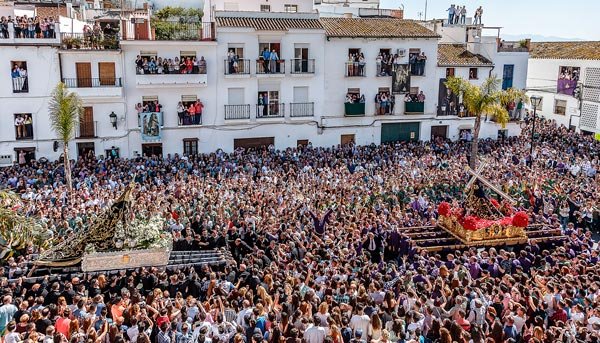
Holy Week Processions
Semana Santa holds significant cultural importance in Álora, as it does throughout Spain. During Holy Week, the town comes alive with elaborate processions featuring ornate floats carrying religious statues through the streets. These processions are accompanied by solemn music and are attended by locals and visitors alike, creating a deeply moving atmosphere. The processions reflect Álora’s strong religious heritage and provide a glimpse into centuries-old traditions.
Traditional Cuisine
Álora’s culinary traditions are a highlight of its culture. The town is renowned for dishes such as gazpacho, a refreshing cold soup made with tomatoes, cucumbers, and peppers; and sopa perota, a hearty soup made with bread, potatoes, and a variety of local vegetables. These dishes showcase the bounty of Andalusia’s fertile lands and are enjoyed by locals and visitors alike. Don’t miss the opportunity to savor these authentic flavors at local restaurants and taverns.
And something not so known is the typical slush from Alora. You can only find it here and we call it: “Granizada de Avellana“. The translation is Hazelnut slush and how its name indicates is made of hazelnuts and other ingredients like cinnamon and sugar. If you are in Alora during summer you must try it, above all in Feria.
August Fair (Feria de Agosto)
The August Fair is a lively celebration that showcases Álora’s festive spirit. Held annually in August, this fair features colorful parades, traditional music and dance performances, and a bustling fairground with amusement rides and street vendors. Locals dress in traditional flamenco attire, and the air is filled with excitement and camaraderie. The fair is an excellent opportunity to experience authentic Andalusian culture and hospitality.
It can also be a good opportunity to taste Granizada de Avellana with churros! This maybe sounds strange, but it is typical that during ferias at night you buy a glass of Granizada and a bunch of Churros and deep the churros in the slush. The best ones are in Bar Bernabé. Now this bar is closed, but every year, just for feria, they open and they sell churros outside and inside granizada de avellana.
Local Festivals and Events
In addition to Semana Santa and the August Fair, Álora hosts various local festivals throughout the year that celebrate its heritage and traditions. The Fiesta de la Virgen de las Flores honors the town’s patron saint, with processions, music, and traditional dances. Other festivals highlight regional arts and crafts, such as pottery and weaving, providing insight into Álora’s artisanal traditions.
Flamenco and Music
Álora has a vibrant music scene, with flamenco playing a prominent role in local culture. Visitors can experience passionate flamenco performances in intimate settings, where dancers showcase their artistry alongside musicians playing guitar and singing traditional songs. Flamenco embodies the soul of Andalusia and offers a captivating glimpse into the region’s expressive arts. And the best way to enjoy flamenco in Álora is visiting “La Peña Flamenca de Álora”. The second oldest Peña Flamenca in Málaga. In this
What to see in Alora – Practical information
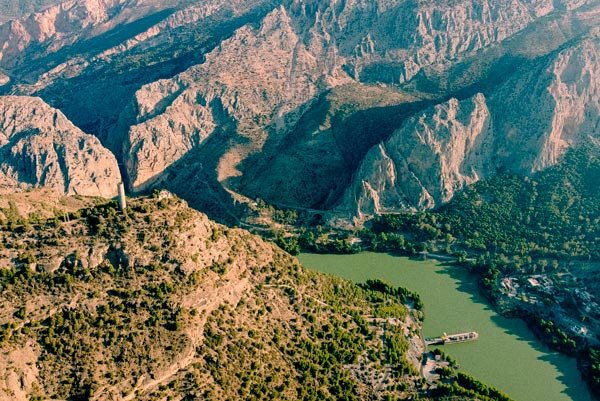
Best Time to Visit
Álora is best explored during the mild spring (April-May) and fall (October-November) months when temperatures are pleasant and ideal for outdoor activities. The weather during these seasons allows for comfortable exploration of the town and its surroundings without extreme heat or cold.
How to Arrive
By Car
- From Málaga: Álora is conveniently located about 40 minutes (42.8 km) north of Málaga. Take the A-357 north to the A-343 exit, then follow signs to the A-6117 leading into Álora.
- From Granada or Seville: Álora is accessible by car via major highways. Plan your route in advance to enjoy scenic drives through the Andalusian countryside.
By Public Transport
- Train: Álora is connected to major cities like Málaga, Granada, and Seville via the Renfe Cercanías (local commuter train) network. Trains offer a convenient and affordable option for travelers without a car.
- Bus: Intercity buses also serve Álora from nearby cities. Check schedules and routes for the most convenient travel options.
Accommodation Options
Álora offers a range of accommodation options to suit different preferences and budgets:
- Hostals: Stay in one of Álora’s welcoming hostels like Hostal Caminito del Rey or Hostal Durán, offering affordable and comfortable lodging in the town center.
- Rustic Cottages (Casa Rural): Experience the tranquility of Álora’s outskirts by renting a rustic cottage (casa rural) surrounded by scenic landscapes. Popular choices include Finca El Limonar, La Finca Blanca, and Casa El Algarrobo Álora. These cottages provide a peaceful retreat immersed in the natural beauty of the region.
Additional Tips for what to see in Alora
- Language: While Spanish is predominantly spoken in Álora, many locals involved in tourism speak basic English. Learning a few Spanish phrases can enhance your experience and interactions.
- Currency: The official currency in Spain is the Euro (€). ATMs are available in Álora for cash withdrawals.
- Local Events: Check the town’s event calendar for festivals, markets, and cultural events happening during your visit. Participating in local festivities offers a deeper insight into Álora’s vibrant community life.
- Outdoor Activities: Prepare for outdoor adventures by packing appropriate clothing and footwear. Enjoy hiking trails, nature parks, and water activities in and around Álora’s picturesque surroundings.
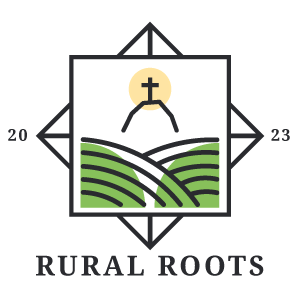
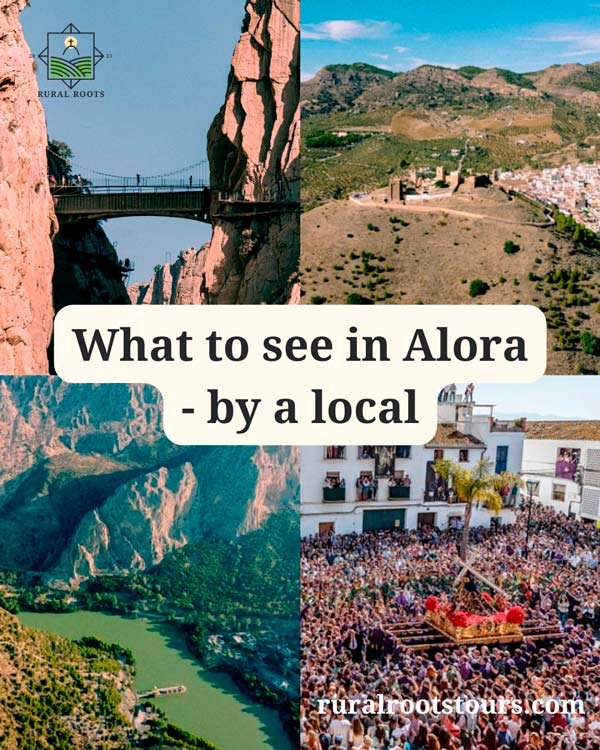
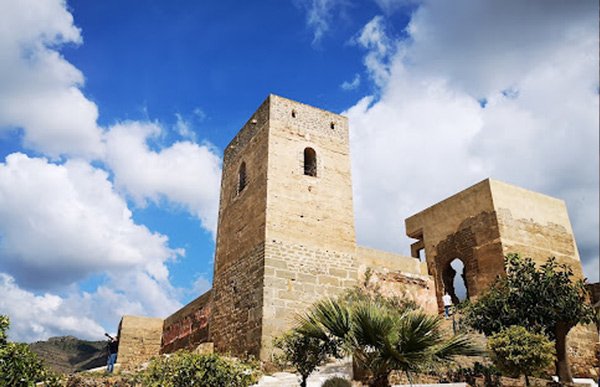
One comment
Comments are closed.